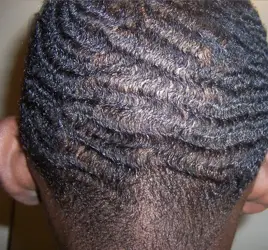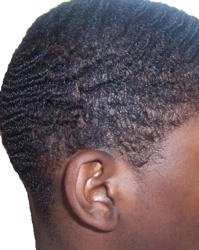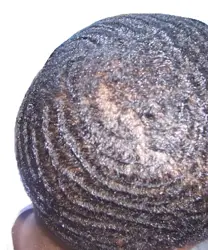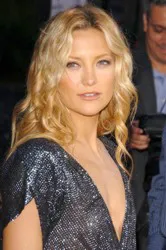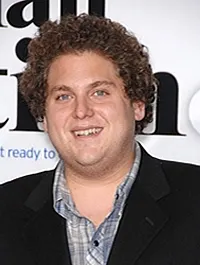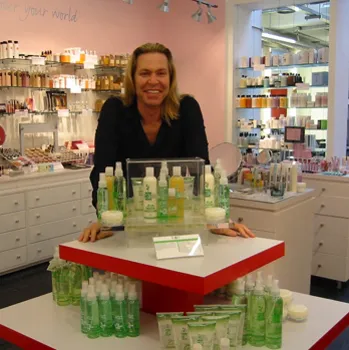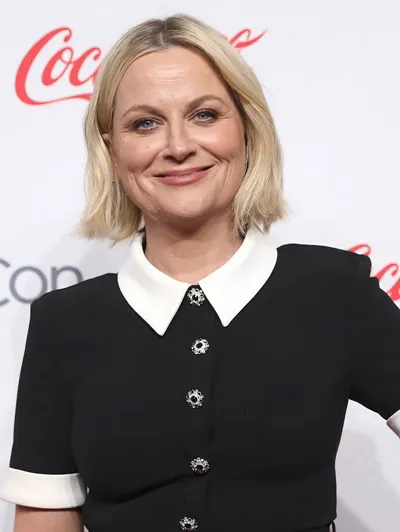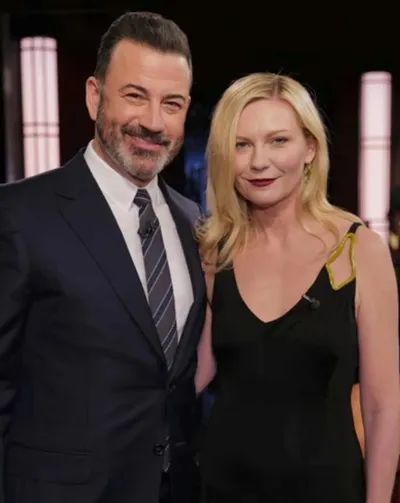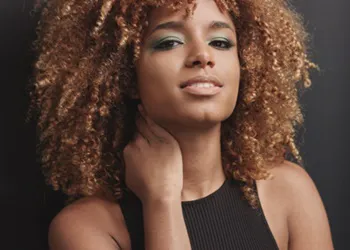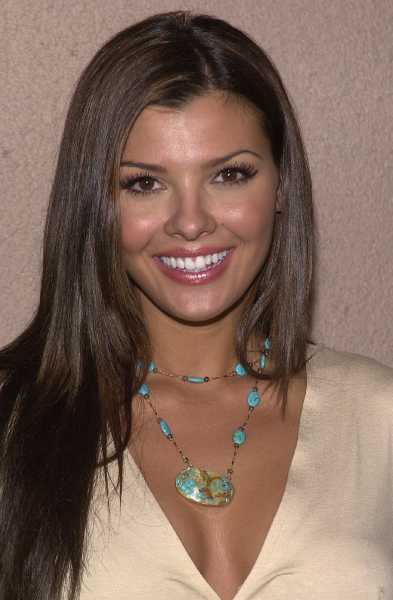
360 Waves Hair Growth Tips
Introduction
Whether your goal is to develop the best 360 Waves, grow you hair longer or grow hair in general, the principles are all the same. The most important tip to remember when growing 360 Wave Hair is that all hair growth is based on individual genetics. Note: For detailed hair growing tips check out: Hair Growing Tips Growing Long Hair Fast Truths Four Major Hair Killers HairTopia Hair Vitamins: Feedback & Testimonials Hair Vitamins: An Evaluation Of HairTopia For comprehensive 360 Waves Information visit the 360 Waves Hair Talk Topic Even members of the same family might experience different hair growth rates even though they share similar genetic footprints. While you may be limited in some respects to certain maximum hair growth speeds due to your genetics, you can work towards achieving maximum growth based on your potential. By understanding the basic principles of the three primary hair growth cycles as well as understanding the factors which can slow or speed normal growth you may be able to reach your maximum potential. While growing hair is of primary importance to many, there is also a need to understand why growing healthy hair is key. Even if you manage to maximize your hair growth to your full genetic potential, if your hair is damaged, split or rips easily, you will ultimately lose all that hard won growth to the clippers. Achieving Maximum Hair Growth And Hair HealthThe goal for growing the maximum amount of hair in order to achieve the best 360 Waves should include: 1. Growing maximum length according to genetic potential 2. Growing healthiest hair according to genetic potential Maximum length + Maximum Health = excellent hair with the best 360 Waves pattern potential. Of course you have to do the other steps suggested in cultivating great 360 Waves.
Hair Growth CyclesScientists who study hair have discovered that hair growth and hair loss follow three key cycles. The amount of time hair remains in the three cycles is again dependent on genetic make-up and can be altered due to positive or negative lifestyles. The three hair growth and hair loss cycles include: Anagen PhaseHair experts and scientists refer to this as the active phase. Depending on your genetics approximately 80-85% of all scalp hair will be in this cycle at any given period of time. Although the average amount of growth that occurs during a 28-30 day cycle is 1/2 inch, some people will experience no growth while others may experience anywhere from 1/8 to 1 inch of growth during the Anagen Phase. Catagen PhaseThis is the bridge or transitional phase. After the Anagen or growth phase hair will move into the Catagen phase. During this time the hair follicle begins to shrink up to 1/6th its normal length. During this stage hair growth will completely stop. Hair remains in this phase for anywhere from a few days up to 3-4 weeks. Telogen PhaseApproximately 10-15% of all hair will fall into the Telogen Phase at any time during the hair growth and loss cycles. Hair does not grow during the Telogen Phase but will remain connected to the hair follicle. Hair in this phase is considered dormant. Hair will be in the Telogen phase for approximately 6 weeks although this may vary according to the individual. Hair Growth Cycle Times
Remember to consider the fact that the three hair growth phases last different periods of time depending on genetics, hair color, follicle shape and other factors Anagen Phase - Generally 2-3 years but it may last longer in some cases Catagen Phase - Generally 2-3 weeks Telogen Phase - Approximately 3 months As a general note of interest eyebrows and eyelashes have their own growth cycles which fall into the same three hair growth cycles, the time frames are much shorter. For eyebrows, the entire hair growth/replacement cycle is completed in around 4 months while it takes the scalp 3–4 years to completely go through all the cycles. Which explains why eyebrow hairs have a much shorter length limit compared to hairs on the head. Growth cycles are controlled by a chemical signal like epidermal growth factor. Shedding PhasePrior to the start of the hair growth cycling is a separate phase known as follicular morphogenesis or the formation of the follicle. There is also a shedding phase or exogen which is completely independent of anagen and telogen cycles in which one of several hairs that might arise from a single follicle exits. Normally up to 90% of the hair follicles are in anagen phase while, 10–14% are in telogen and 1–2% in catagen. The cycle's length varies on different parts of the body. Social Media Network InformationPlease follow me on Twitter at: http://Twitter.com/HairBoutique. I look forward to meeting new people Thank you for visiting us at The HairBoutique Blog and for leaving your comments. They are very much appreciated. We apologize in advance but must remove any direct advertisements or solicitations. Original Publication Date: 12/20/08 - Revised Publication Date: 12/30/09 | |||||||||
| If you want to talk more about this or other hair care articles on HairBoutique.com or anywhere else, please post a message on HairBoutique.com's Hair Talk Forums.
|
Social Media Network Information
Please follow us on Twitter at: https://Twitter.com/HairBoutique. I look forward to meeting new people from all walks of Twitter and learning from their Tweets.


